Dewald LongDistance Moving Truck, Jos. G.Dewald, Furniture and Piano Moving. Daily trips to the Loop. Est 1905. 4939 N. Western Avenue Chicago catalog 1930, linen Curt Teich postcard. From Curt Teich Archives.
0 Comments
Salmon Fishing on the Oregon Coast 1920c postcard #bidstart
Available in our BidStart store at http://bit.ly/1IoYOQ0 Shooting an outdoor scene in an indoor studio at Christie Studios Hollywood California. Click on the image to go to the listing.The world's largest movie studio in the 1920s, Universal City, Los Angeles, California. Click image to go to the listing.The Elgin National Watch Company was in business between 1864 and 1968. The founders of the company persuaded watchmakers from Waltham Watch Co in Massachusetts to join them in Elgin, Illinois, some thirty miles northwest of Chicago, where a new factory was built for the manufacture of Elgin watches. The original, now obsolete, factory in Elgin closed in 1964 with final US manufacture under the original brand being discontinued in 1968.
The Panama Canal was one of the man-made Wonders of the World in the early 1900s. After a French project had failed the United States took over construction between 1904 and 1914, with the canal opening to shipping in August 1914. Steam shovels, concrete mixers, and dredges were all part of the mix in creating one of the man-made Wonders of the World.Champion Bridge Works Factory Wilmington Ohio 1910c postcardThe Champion Bridge Works Company was formed in 1872 when brothers Zimri and Jonathan Wall formed a partnership with Albert Israel Bailey to develop a wrought iron trussed arch bridge. They moved their business from Hamilton Ohio to Wilmington in 1875 to a new, larger factory in which they could fabricate bridges. In the following two decades the company grew rapidly necessitating a move to larger premises.
No exaggeration here! Just as it was caught - a fine example of the halibut catch in the Alaska fisheries circa late 1940s to early 1950s. Click on image for further postcard details. Exaggerated Corn AT & SF Railroad Car of Kansas Corn Albertype postcard
Slideshow of postcards issued by the Parfumerie Bruno Court, Grasse France, circa early 1900s Grasse on the Cote D'Azur, France, is known as the world perfume capital. With its beginnings in the late 18th century it grew as a leading maker of scented perfumes based on the abundant natural flowers that were grown in the surrounding region.
Parfumerie Bruno Court was one of the perfume-making businesses in Grasse, established in 1812 to make essential oils and scented fragrances. During the course of the nineteenth century Bruno Court competed with some 80 other perfume businesses in Grasse, mostly family-owned. As these postcards depict, production was labor intensive, drawing upon female labor in particular for flower picking in the fields and sorting and packing at the perfume factories where most often they appear to be supervised by men. The Parfumerie Bruno Court postcards evoke an earlier age of craft production where there was still a high degree of handmade or craft work with few machines and a high degree of women's labor involved. Around the time Bruno Court published these postcards for the tourist trade and advertising purposes in the early twentieth century, synthetic aromatic materials began to compete with the natural fragrances produced by companies like Bruno Court. After World War II, the production costs of natural fragrances were too high for the industry to meet the price expectations of consumers in the rapidly expanding mass market for perfumes. The loss of competitiveness meant the end for many natural fragrance perfume companies as synthetics expanded market share. In 1964, The Mane Perfume company acquired Bruno Court and the latter's name disappeared from the business although Mane continued to expand, becoming the 7th largest perfume company in global sales by the early years of the twenty first century. Grasse continues to be known as the world's perfume capital. A network of some 60 companies employing 3,500 employees produce natural raw materials and concentrate for use in perfume manufacture. This amounts to nearly half of French perfume manufacture and 6-7 percent of world production. Foreign investment has led to the loss of production as new owners relocated production abroad but Grasse has expanded its economic base by developing the closely-related food flavoring industry over the past few decades. |
AuthorThe Postcard Depot - the home of vintage postcards online. Archives
July 2018
Categories
All
|
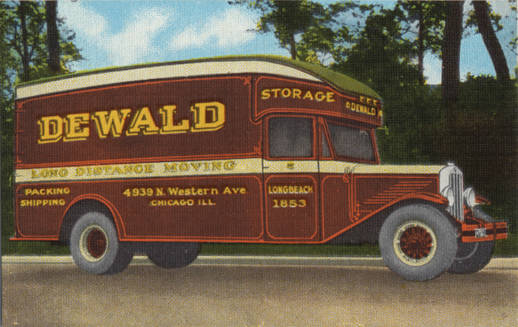


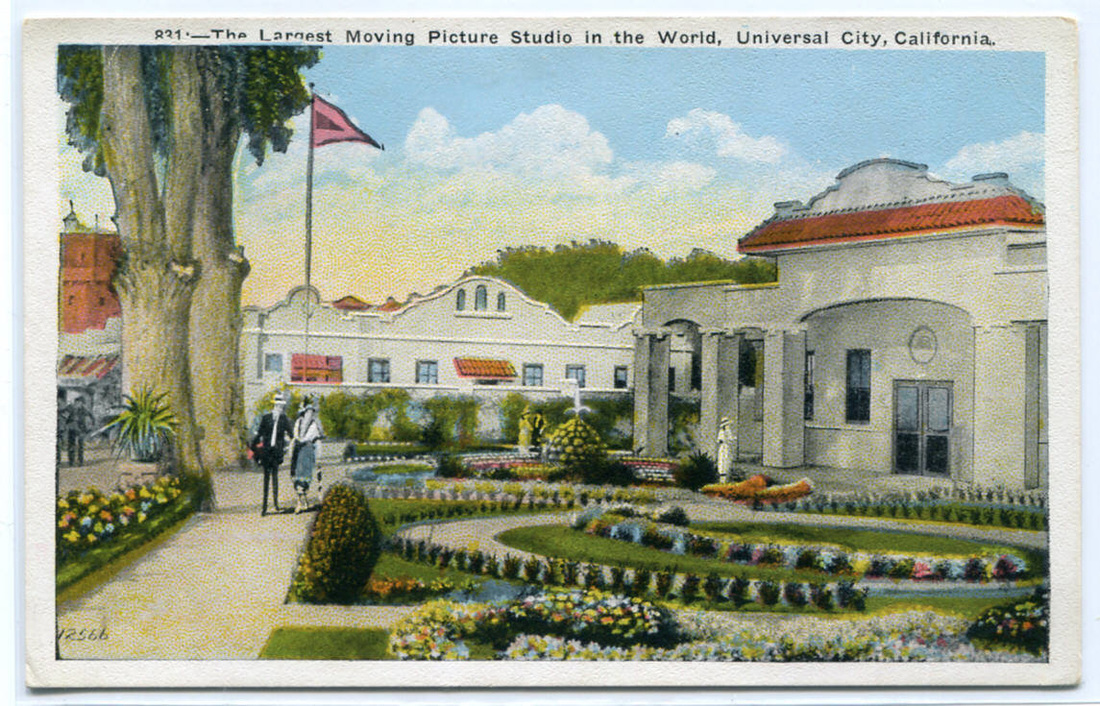
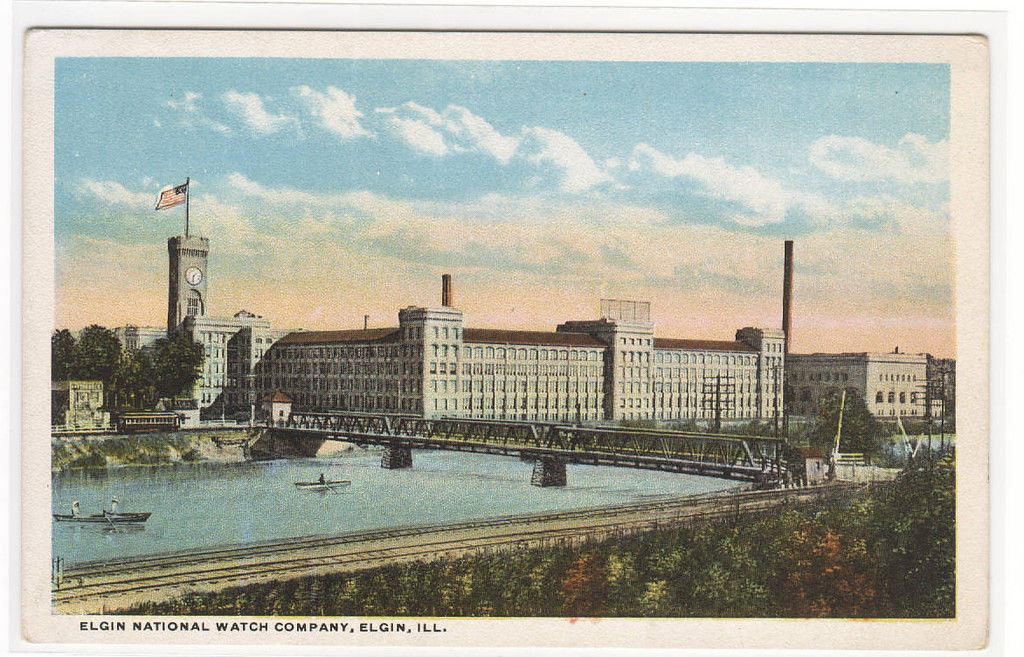


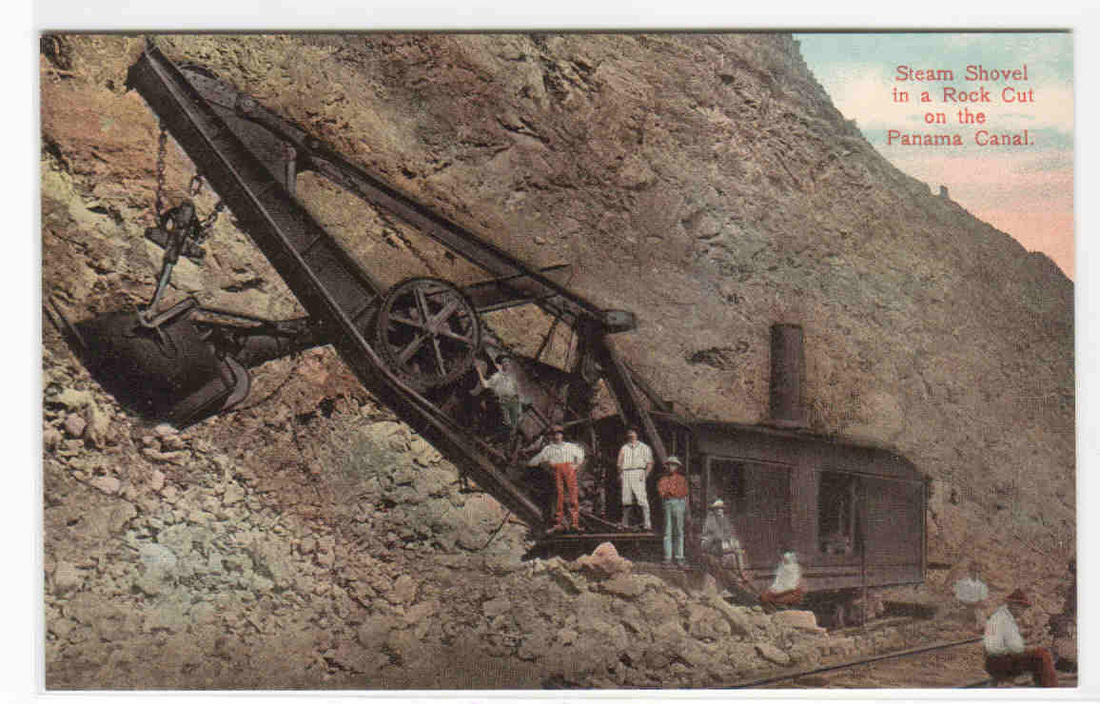
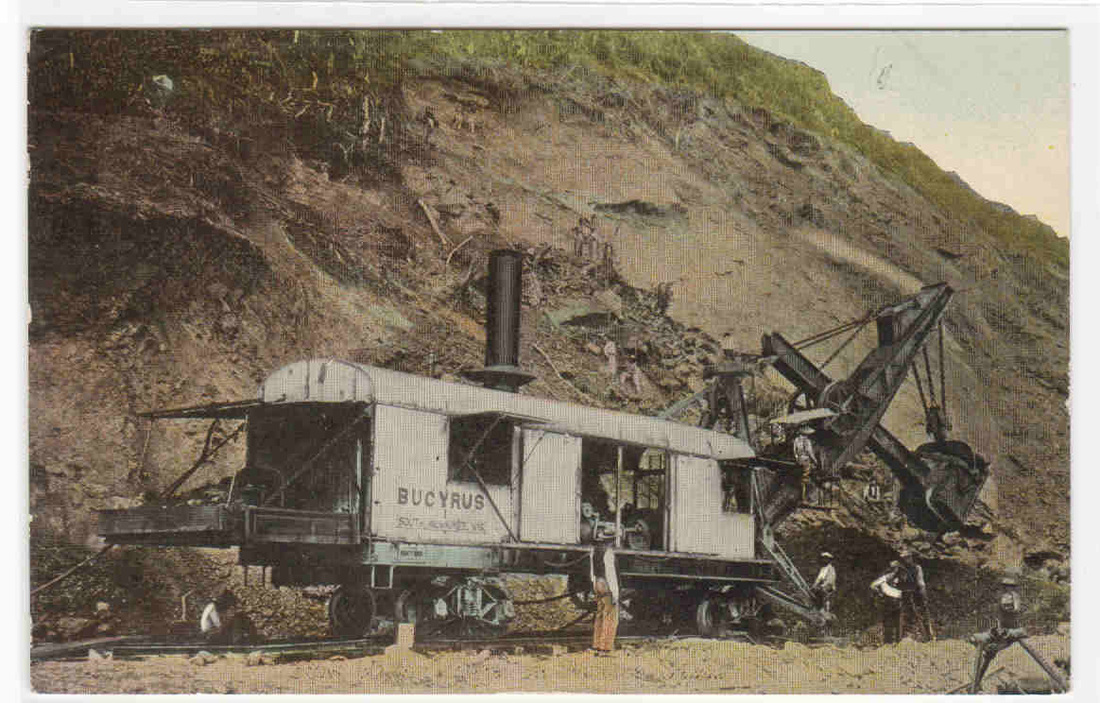
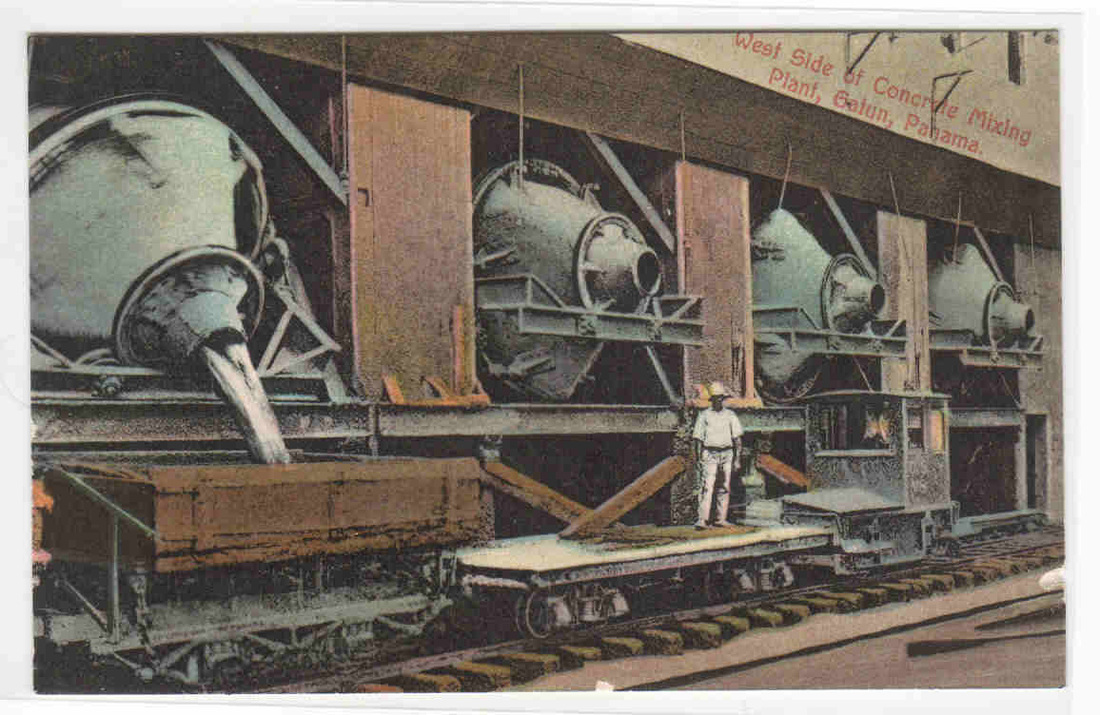

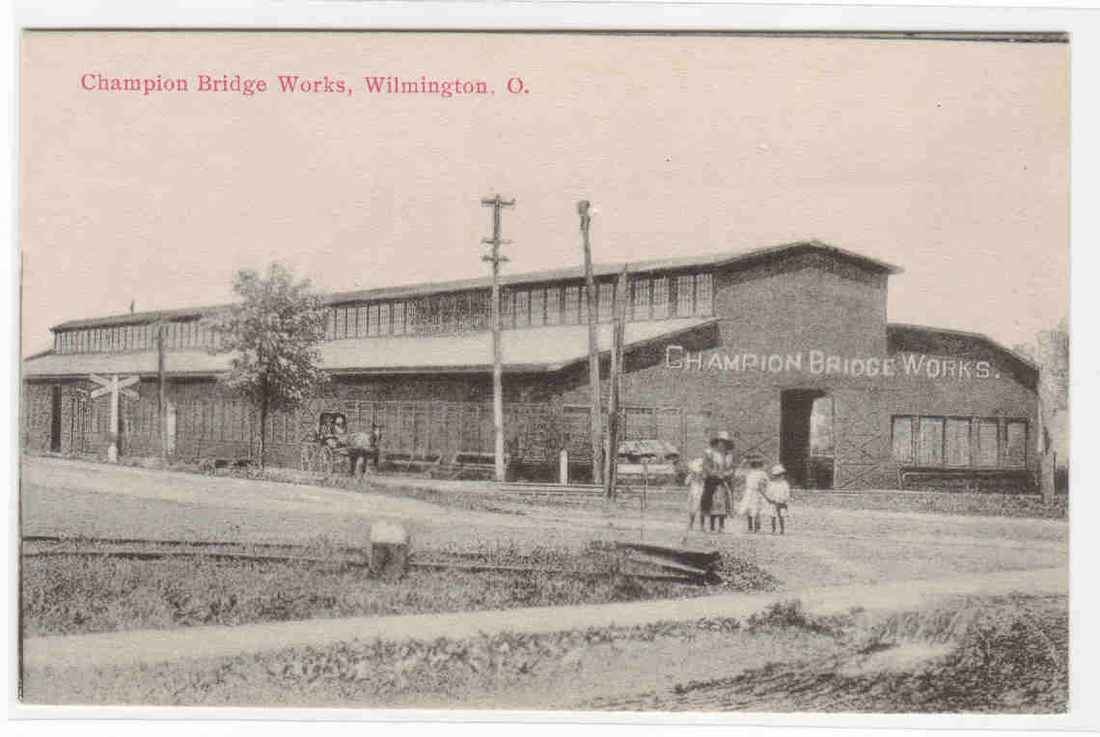

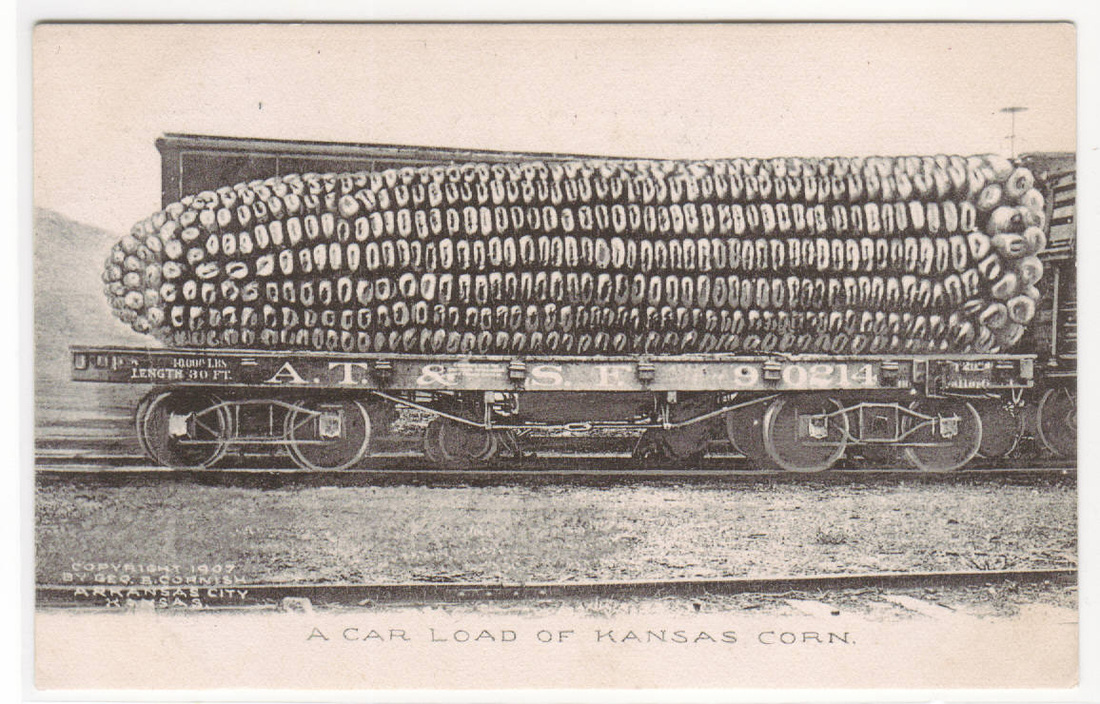
 RSS Feed
RSS Feed
